This effect is strongest in Bert, the lanky, banana-hued muppet whose eyebrows seem to do all the talking. I didn't realize it at the time, but Bert (through Henson's puppeteers) was teaching me that you didn't have to draw a realistic human face to capture realistic human emotion.
Try out this little Flash widget to see what I mean.
Coicidentally, my mom makes her living teaching and writing about emotions, so I was fortunate to grow up with a library of books about emotions and cognition. One author who stuck out -- and who every cartoonist should be familiar with -- is Paul Ekman. Ekman has spent his life cataloguing the amazing range of human emotions, face by face.
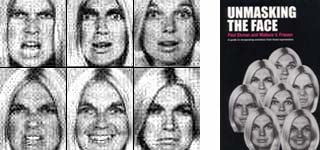
For a cartoonist, one of the fascinating aspects of Ekman's research is how easily these changes in facial expressions can be represented by the angle of a line (a mouth or an eyebrow) or their proximity to one another (eyebrow to eye, mouth to nose).
While we're on the subject of cartooning and faces, let me throw some questions into the ether. A long time ago I noticed that when I'm drawing characters, especially while drawing their faces, I sometimes catch myself making the same face. The more I noticed this subconscious act happening, the more I believed that it was helping me draw. For some reason making an angry face helped me draw an angry character, smiling helped draw a happy character, etc. So my first question is, has anyone else noticed themselves doing it? (Or am I just insane? -- the two may not be mutually exclusive...) And the second question is this: Do we make these faces proactively, i.e. I smile first so that I may get into my character's emotional state and therefore draw him better, or do I smile reactively, i.e. I smile in response to something I have put down on the page?
With all the current research into mirror neurons, I think that my making a face while drawing is reactive. However, I don't think that I'm smiling in reaction to the smiling face on the page, because often I'll smile before anything solid is put down on paper. I think I'm actually smiling in response to the thought of a person smiling, which must necessarily exist before I draw anything.
Links:
Paul Ekman at SharpBrains.com
Paul Ekman at Wikipedia
Mirror neurons at Wikipedia
Mirror neurons at MindHacks.com

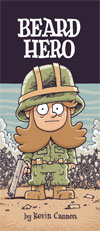
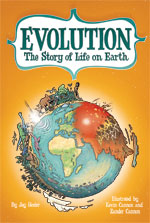
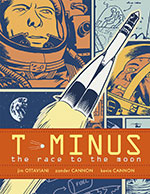
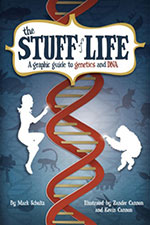
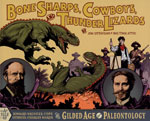
4 comments:
I definitely make faces of characters while I draw them, and I think it helps get it right, although I have no idea why. It's kind of like channeling an emotion into your drawings or something... I seems like if you're into a drawing enough to make a face without thinking about it, for some mysterious, occult reason you're more likely to get it looking genuine.
A lot of animators keep a mirror nearby to help capture appropriate expressions, too.
Scott McCloud has a big chapter on this stuff in his excellent new Making Comics book.
Linda Medley has told me she does this as well, and even I do it when I'm just writing a panel description. It's almost 50/50 proactive/reactive and it's not just faces. If I'm having a hard time describing a gesture or expression in words, making it usually tells me what to do. It's hard to type if it has something to do with the hands and arms of course, so hurray for short-term memory and as well as mirror neurons...
Jim O.
heres how my Muppets influence has
asserted itself...
http://www.comicspace.com/staplegenius/comics.php?action=read&file_id=29340
Great post. Thanks for the Paul Ekman links, I will definitely have to study his work.
I also catch myself making facial expressions as I draw them. For me I think its mostly proactive, because acting it out myself (even just subconsciously) helps me to draw the emotion better. My experience informs the drawing, not so much the other way around.
Post a Comment